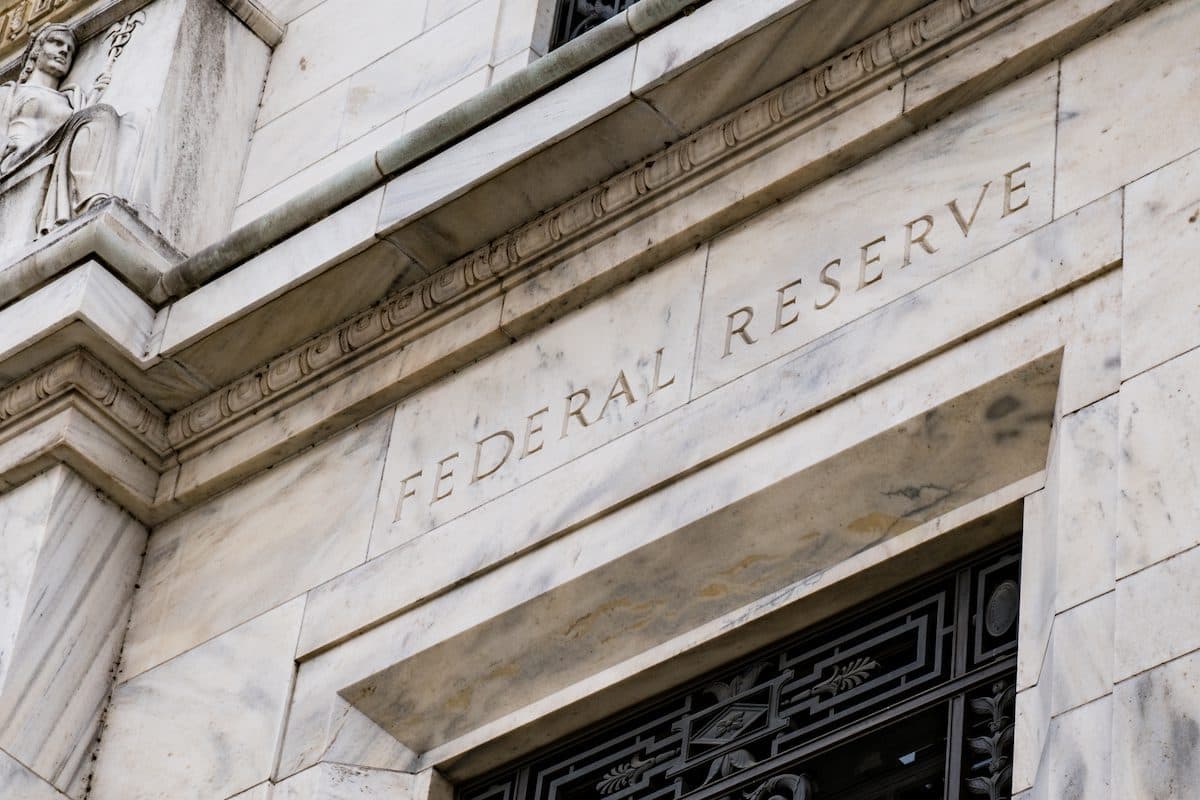Fed Hawks Stay on Same Inflation Message
Federal Reserve Bank of Chicago President Charles Evans, Cleveland Fed President Loretta Mester and Boston Federal Reserve Bank President Eric Rosengren stayed on-message at three separate events.

Source: Shutterstock
- Cleveland Fed President Loretta Mester sees inflation rates briefly topping the Fed’s 2% goal before falling again in 2022
- While vaccine distribution and reopening efforts have helped fuel growth, Boston Federal Reserve Bank President Eric Rosengren said it is likely to be some time before we see any changes in monetary policy
Americans can expect an increase in inflation in coming months, but higher prices will be fleeting and should not result in a pullback in fiscal policy, Federal Reserve officials reiterated Wednesday in three separate speaking engagements.
“I think the risk of this scenario is remote,” Federal Reserve Bank of Chicago President Charles Evans said during a virtual conference hosted by the Levy Economics Institute of Bard College.
Cleveland Fed President Loretta Mester and Boston Federal Reserve Bank President Eric Rosengren echoed Evans’ comments.
“I wouldn’t consider the increase in inflation I expect this year to be the type of sustainable increase needed to meet the forward guidance on our policy rate,” Mester said in prepared remarks to the Boston Economic Club. “So I expect to be deliberately patient unless there is clear evidence that inflation pressures will push inflation to exceed our desired path.”
Rates’ ebbs and flows
Given how low inflation has stayed recently, Mester sees rates briefly topping the Fed’s 2% goal before falling again in 2022. She also believes the unemployment rate could fall to 4.5% or less this year and gross domestic product growth is likely to be in the “6% to 7% range.”
“Despite the ebbs and flows of the data, inflation is expected to remain close to 2% over the forecast horizon,” Rosengren said during a virtual event organized by Boston College. “This does seem to me to be the most likely outcome, which should allow monetary policymakers to be patient in removing accommodation.”
No reason to fear
President Joe Biden’s ambitious budget plans, coupled with the unprecedented government spending authorized at the start of the pandemic, has many Americans unnerved. US officials stressed that there is no reason to fear, although there is a long way to go in terms of full economic recovery.
Fed Chairman Powell reiterated after last week’s meeting that they will continue buying at their current rate, which is $80 billion of Treasuries and $40 billion of mortgage-backed securities a month, until there is “substantial” progress made toward recovery.
Substantial changes required
While vaccine distribution and reopening efforts have helped fuel growth, Rosengren said it is likely to be some time before we see any changes in monetary policy.
“We need to have a substantial improvement for us to begin tapering. It is quite possible that we’ll see those conditions as we get to the latter half of the year,” Rosengren said. “But right now what we have is one really strong employment report, one quarterly strong GDP report. And so I think it’s premature right now to focus on the tapering.”






